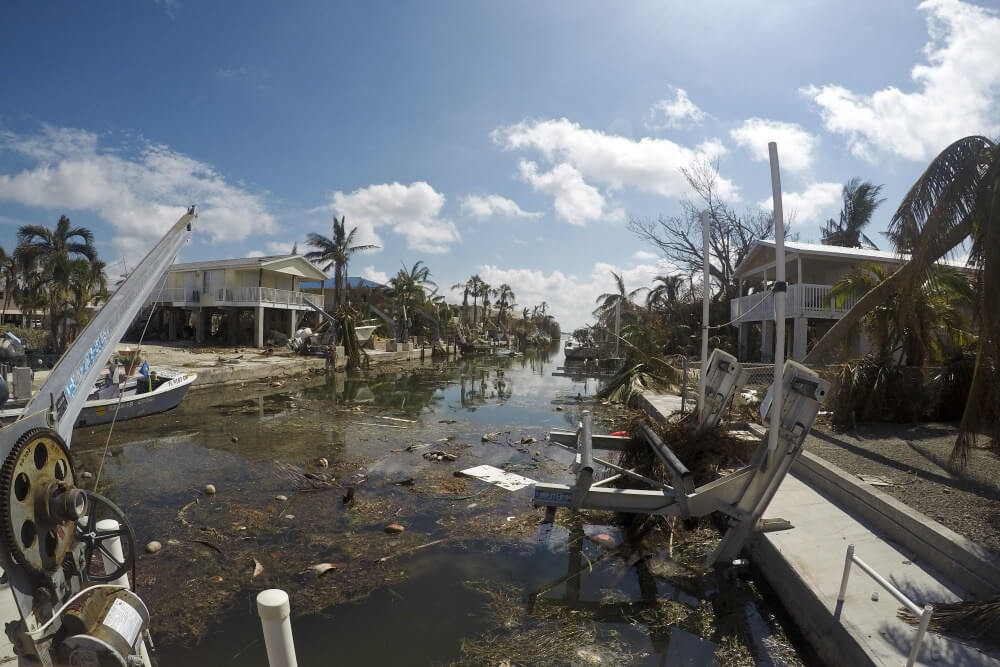You’ve heard the predictions a thousand times. The climate crisis will change all aspects of life. Seas will rise, more forests will burn, crops will fail, and polar bears will disappear.
Specifically, though, what will happen over the next 10 years? Or the next 30? Consulting giant McKinsey just released a major report examining the increasing impact of climate change. Drawing on the firm’s global consulting teams, and supplemented by scientists, engineers and risk experts around the world, the study paints a frightening picture of the future.
But unless you can see the future clearly, how can you prepare for it?
The report, “Climate Risk and Response: Physical Hazards and Socioeconomic Impacts,” explores how physical climate change creates increased socioeconomic risk. From lethal heat waves to riverine floods and glacier melts, the study estimates the probabilities of diverse potential impacts, to help decision-makers better understand and mitigate these risks.
McKinsey’s experts see five major types of potential disruption creating billions of dollars’ worth of risks by 2050:
- livability (for example, a billion people will live in areas with a 14% average annual likelihood of experiencing lethal heat waves);
- food systems (increased drought conditions are expected to reduce the global annual harvest by at least 15%, at least once a decade);
- physical assets (a 38-centimetre rise in sea levels in Florida could lead to massive property destruction from a 100-year storm, totalling US$50 to $75 billion);
- infrastructure services (flood damage to municipal infrastructure in Ho Chi Minh City, Vietnam, could hit US$8 billion); and
- natural capital (45% of land areas are projected to experience biome shifts, eroding local livelihoods, ecosystem services and species habitat).
Starkly, the report says our institutions are “unprepared” for the real impacts of climate change. That’s partly because even the nature of risk will change over the next 30 years. It reviews nine case studies, the socioeconomic impact of which by 2050 varies between two and 20 times versus today’s levels. The earth is warming now and will continue to warm even if we reach zero emissions. “Managing that risk will require not moving to a ‘new normal,’ but preparing for a world of constant change.”
In each case the report studied, the poorest communities were typically the most vulnerable. “Emerging economies face the biggest increase in potential impact on workability and livability.”
Introducing the report at the World Economic Forum in Davos, Switzerland, in January, McKinsey senior partner Dickon Pinner positioned it as a tool for creating hope. The study proves, he said, that “we need to put physical climate risk at the heart of all decision-making and risk management.” While the report paints a bleak picture, he hopes it will motivate more people to action.
At which point one of Pinner’s co-panelists in Davos quipped, “So, the good news is that we know the bad news.”







